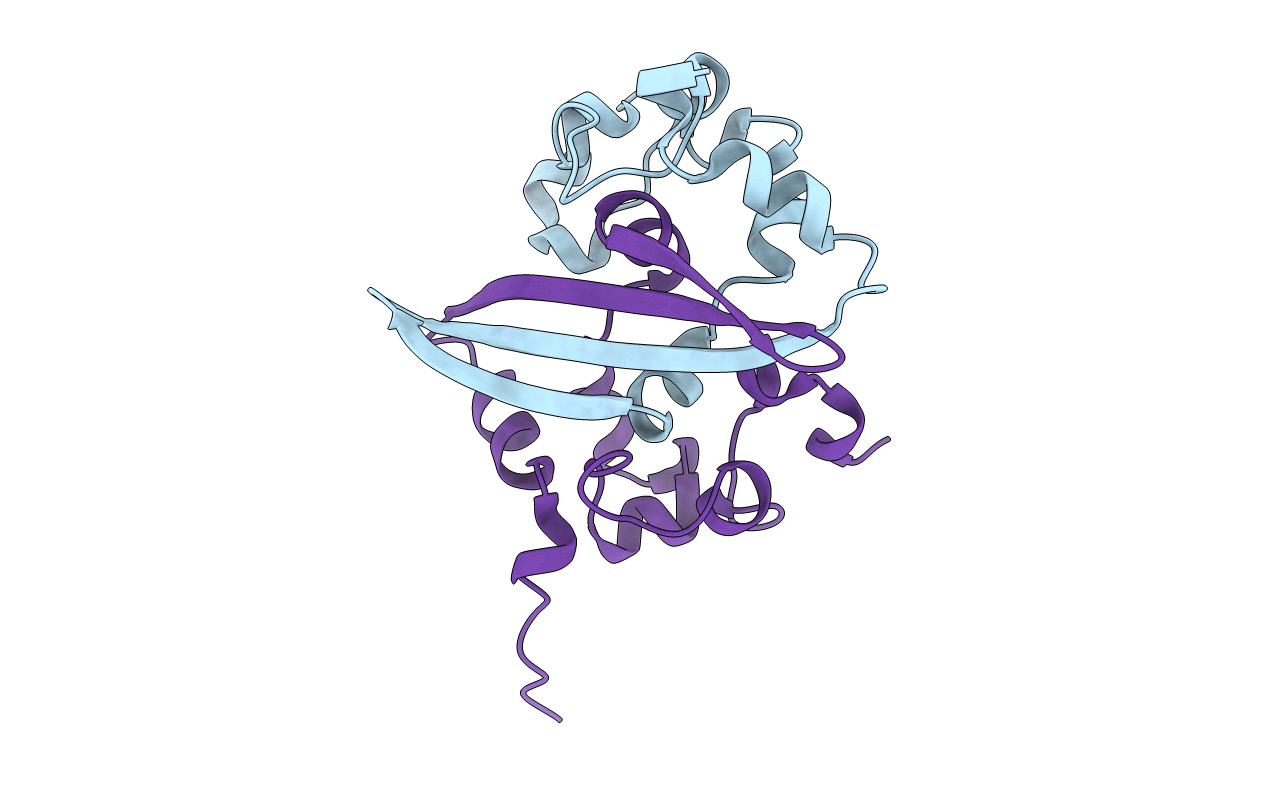
Deposition Date
2015-11-12
Release Date
2017-02-22
Last Version Date
2024-05-08
Entry Detail
PDB ID:
5EPW
Keywords:
Title:
C-Terminal Domain Of Human Coronavirus Nl63 Nucleocapsid Protein
Biological Source:
Source Organism:
Human coronavirus NL63 (Taxon ID: 277944)
Host Organism:
Method Details:
Experimental Method:
Resolution:
1.50 Å
R-Value Free:
0.19
R-Value Work:
0.16
R-Value Observed:
0.17
Space Group:
P 61


